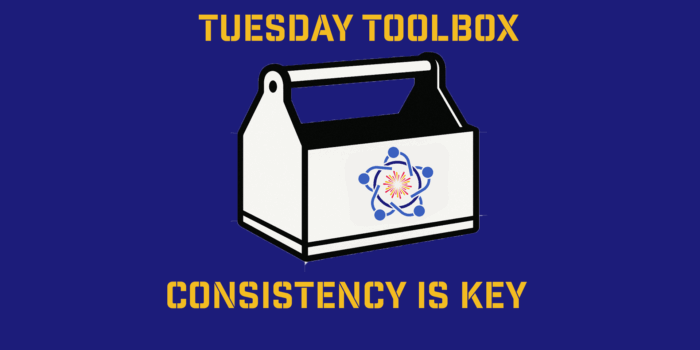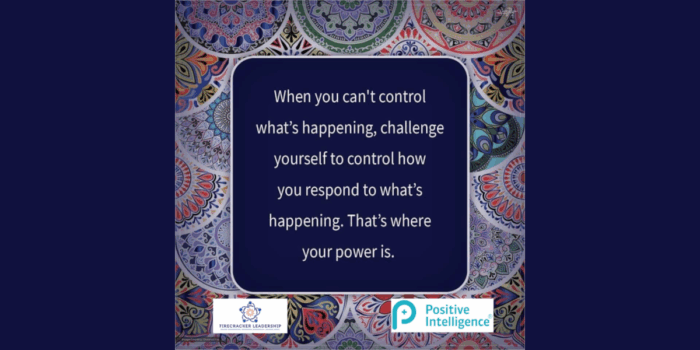My Wednesday Wish for You: Consistency A colleague of mine just won a boxing match. Another finished an Ironman. Neither…
Mental fitness doesn’t have to be hard or fancy. It has to be consistent.
Not everyone prioritizes their mental fitness. But Prince Harry believes that they should: “We all have greatness within us,” the royal says in a video for the wellness startup BetterUp released this week. “Mental fitness helps us unlock it.”
In the video, the Duke of Sussex sat down with organizational psychologist Adam Grant, snowboarding Olympian Chloe Kim, and a BetterUp member to discuss ways to build and maintain resilience. BetterUp is a San Francisco-based leadership coaching company, which the royal joined last year as chief impact officer.
Most people are aware that if they don’t take care of their bodies, they don’t function at peak performance. But that same awareness does not extend to mental fitness, says Grant, who is also a member of BetterUp’s Science Board. “If we do not invest in mental fitness, performance cannot be sustained,” he explains. “Your body cannot function without your mind.”
It may be difficult for people to figure out how to consistently maintain peak mental performance on their own, but there are ways that employers and organizations can help. Here are three:
1. Normalize the behavior
It’s increasingly OK to talk about well-being and mental fitness at work, and that has helped shed any stigma around the topic in recent years. But it’s still relatively new for many. Team leaders should prioritize conversations about mental fitness with their teams, according to BetterUp’s Jacinta Jiménez, who is vice president of coach innovation at the startup and is also a psychologist. She recommends that organizational leaders start out by dedicating a team meeting to discussing the importance of mental fitness and how it helps sustain performance. Doing so can help others feel more comfortable when opening up.
2. Erect a strategy
After teams begin to normalize talking about wellness in the workplace, next up is building out different techniques to fortify mental fitness within the team. This will largely be circumstantial to the needs of a team and what resonates with an individual: It could be journaling, practicing mindfulness five minutes before the start of a meeting, or spending time in nature with a colleague. “There’s so many unique ways to build mental fitness, and so having the team develop their own unique set of behaviors that they want to invest in makes a big difference in terms of getting team buy in,” Jiménez says.
3. Don’t just talk the talk
To make for the most authentic experience, Jiménez says team leaders should follow their own advice and get personal with their teams. A leader modeling the behavior themselves (such as sharing any outcomes they noticed when journaling) can help motivate team members to try out similar behaviors.
And if teams can infuse a culture that’s open to speaking about wellness within their organizations, it can make a difference in what separates a good company from a great one. “If we can design individual routines, organizational cultures, and team norms that prevent burnout and languishing, it’s a lot easier to maintain performance,” Grant says. “I cannot overstate the importance of a leader or manager saying ‘I care more about your well-being, than I do about your results.’ ”



